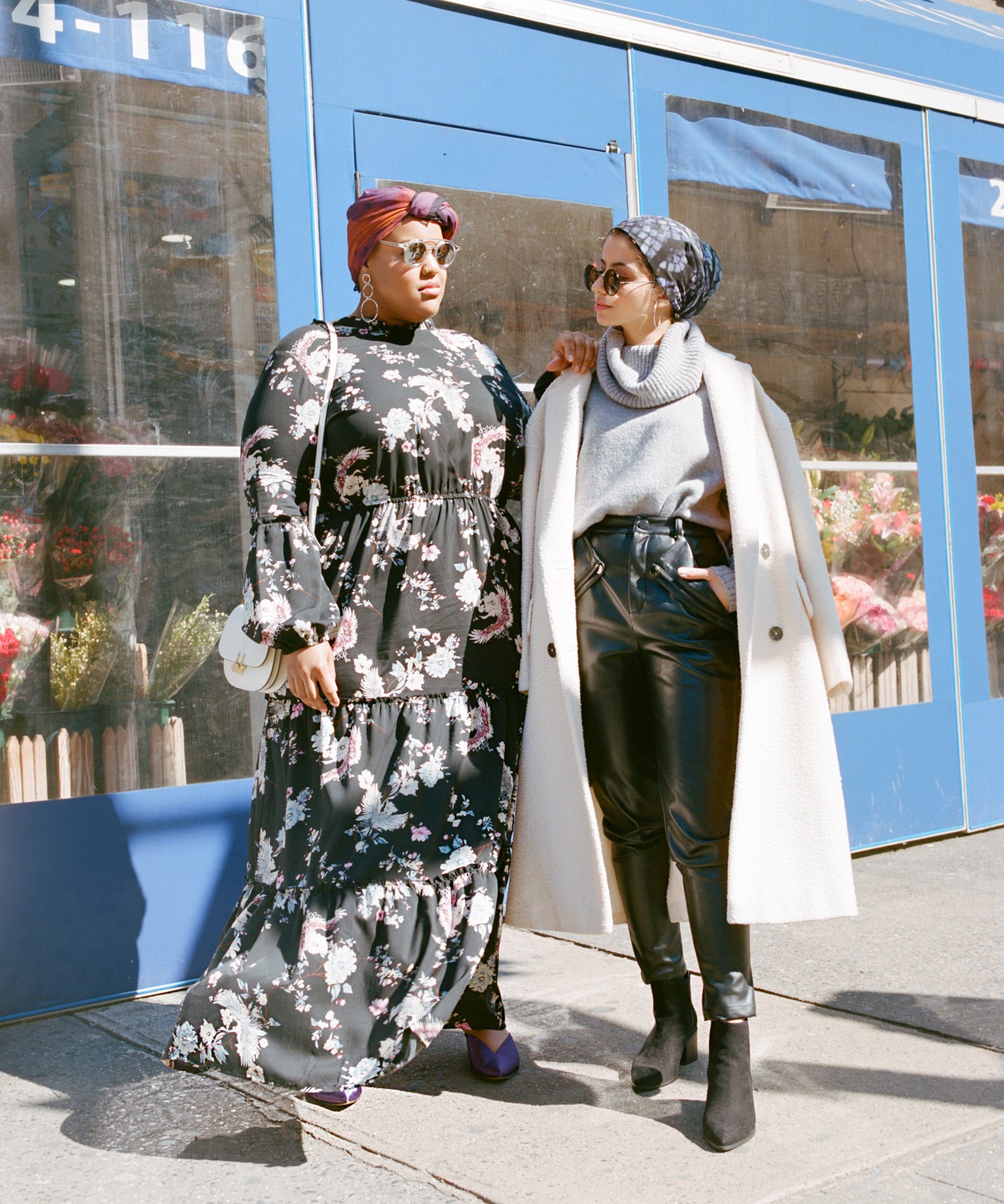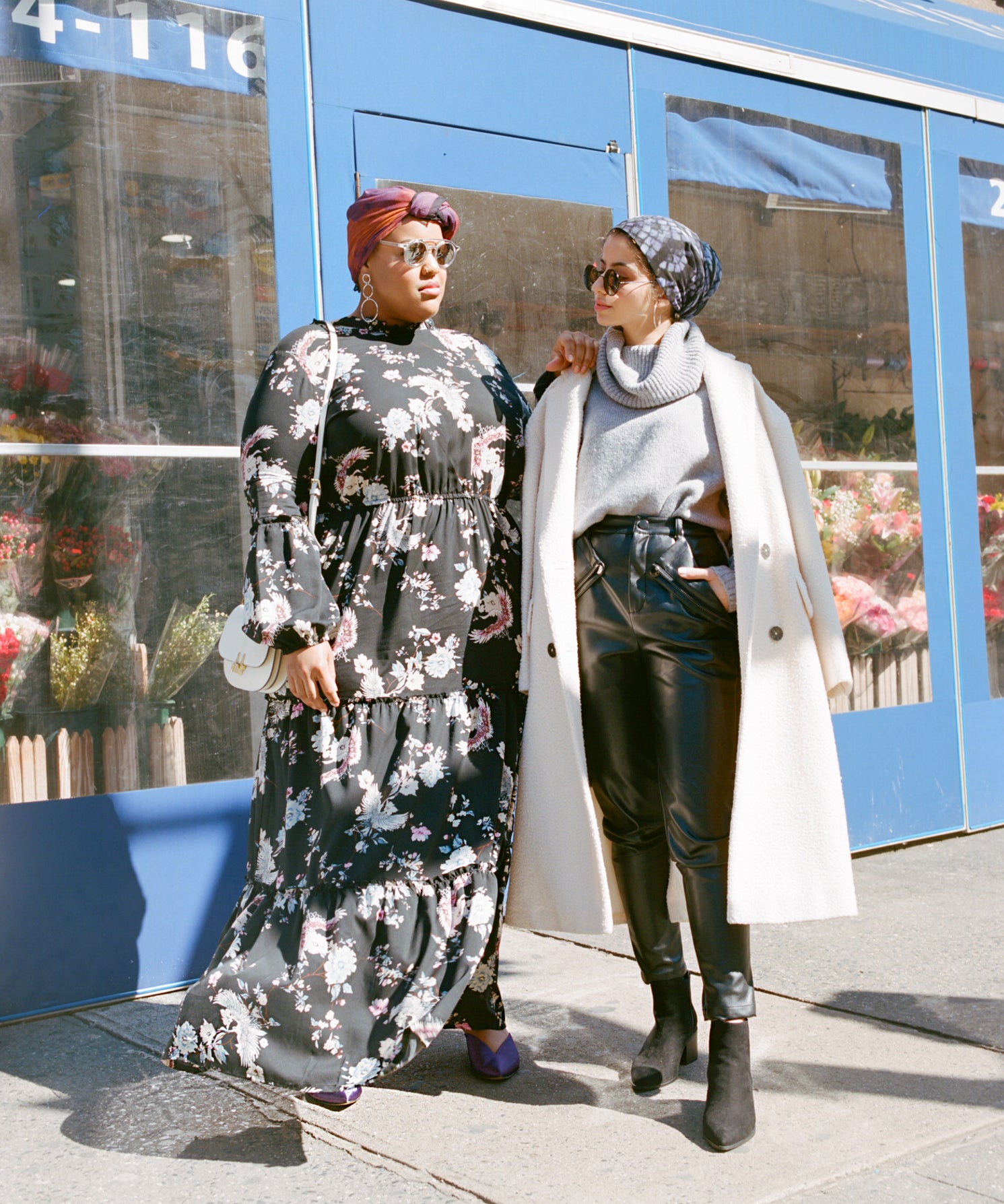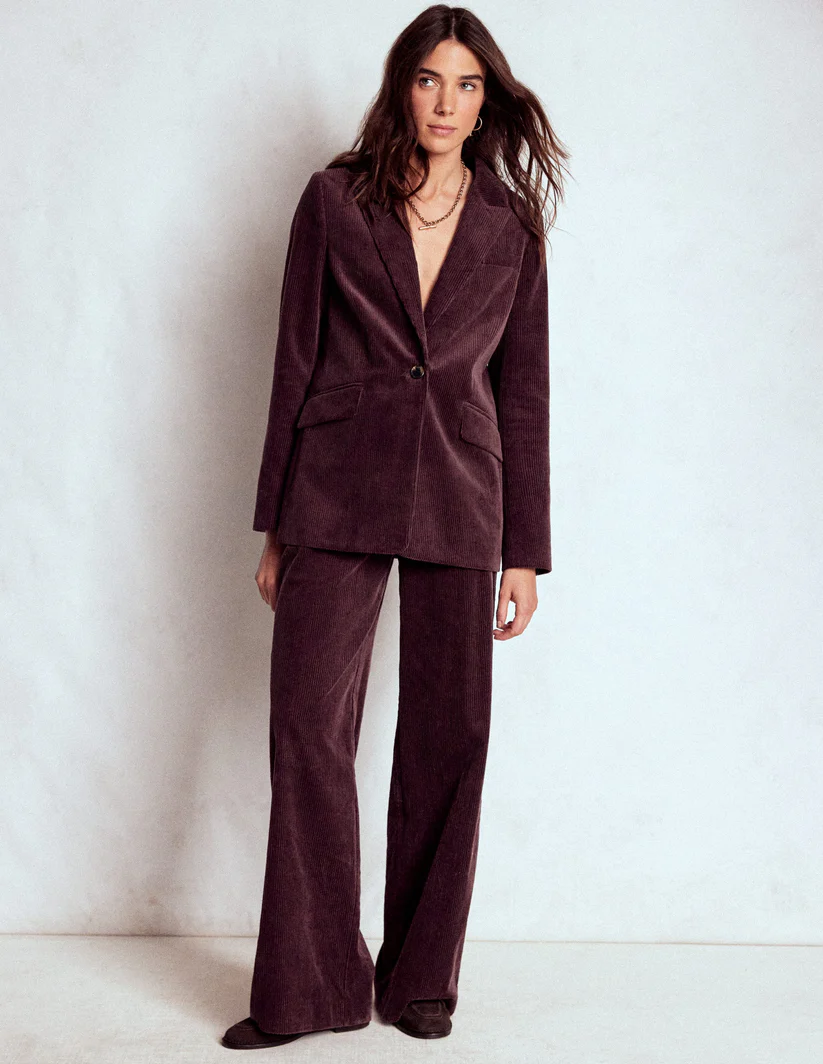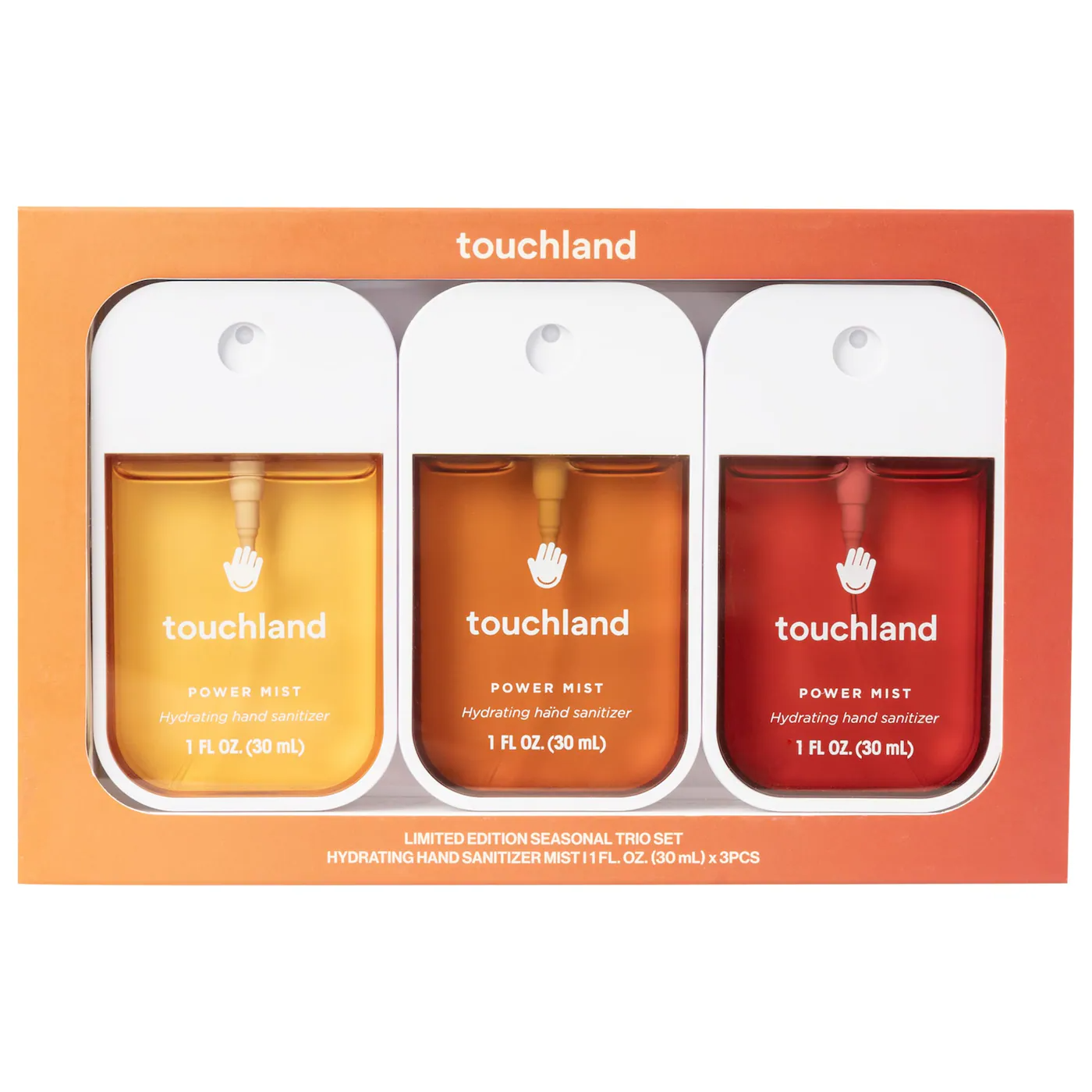

The terms “plus-size” and “size-inclusive” are often used interchangeably. And while both could refer to clothing that extends beyond a size 16, for the women at whom these buzzwords are targeted, the distinction between the two terms is an important one.
“Plus-size” is defined as any size above 16. This separates the 67% of women in the U.S. who wear a size 16 or up from the 33% who don’t. Despite being in the minority, the latter group’s size range, referred to as “straight” sizing, is considered the standard. In separating these two — making one the norm and the other the exception — plus-size women are automatically “othered,” according to Alexandra Waldman, the co-founder and creative director of Universal Standard, a clothing brand that carries sizes 00 to 40. “And as soon as you’re the other, you’re the lesser,” she tells Refinery29.
Under plus-sizing, plus-size shoppers are often relegated to either the back of the store or another store entirely. In many instances, plus-size offerings aren’t stocked in stores at all, but rather, only sold online. This affects the styles that are offered, too. “Even brands that see that women of size need more options and more possibilities to express themselves, will still segregate that group,” says Waldman. “They’ll still say, ‘Okay, we hear you, we got you, but we’re only going to make three dresses, each that will go up to only a certain size and will have nothing to do with what we normally [sell]and the reason you admired our brand in the first place.’”
Danielle Hall, the co-founder of social shopping platform Insyze, which provides a place for plus-size women to shop and socialize, agrees with Waldman: “When a brand [launches]a plus-size collection, there’s often a limited number of styles, which [almost always]differ from the straight-sizes offered by the brand,” she says. Hall’s sister and business partner, Sylvie Wilson, calls plus-size collections “mediocre and uninspiring.” That, and it’s become commonplace for brands that launch plus-size collections to tap out at 2X or 3X and call it a day. Thus the cycle of exclusivity continues.
“The only right way to do plus-size, is not to do plus-size.”
Alexandra Waldman, cofounder & creative director, Universal Standard
On the other hand, “size-inclusive” is a term that recognizes the exclusive nature of having separate “plus-size” collections. Collections that make size inclusivity a priority are committed to selling the same clothing in all size ranges. As opposed to collections that separate plus offerings from straight ones, size-inclusive stores will have the same styles in a size 2 and a size 32. “Being able to shop freely and not worry that a style won’t be available [in a plus size]is very meaningful,” says Wilson, “especially after being marginalized for so long.” According to Waldman, “the only right way to do plus-size is not to do plus-size.”
Like what you see? How about some more R29 goodness, right here?
Why Plus-Size Women Love Made-To-Order Clothes




